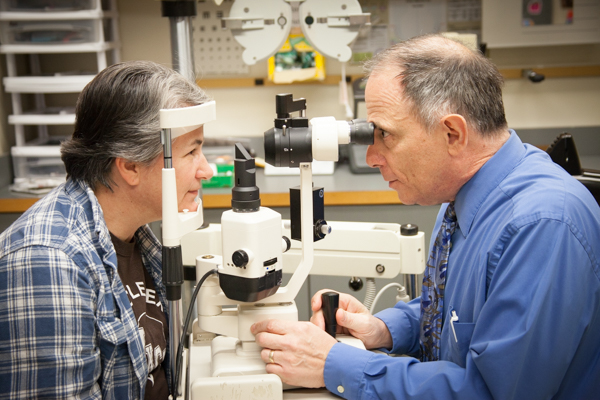Premium Retina Service Near Me: Leading Eye Care Providers
Premium Retina Service Near Me: Leading Eye Care Providers
Blog Article
The Function of Advanced Diagnostic Equipment in Identifying Eye Disorders
In the world of ophthalmology, the application of sophisticated diagnostic tools has actually revolutionized the early identification and monitoring of numerous eye conditions. From discovering subtle changes in the optic nerve to monitoring the development of retinal diseases, these technologies play a crucial function in enhancing the accuracy and performance of detecting eye problems. As the need for precise and prompt diagnoses continues to expand, the integration of sophisticated devices like optical coherence tomography and visual field testing has come to be important in the world of eye care. The detailed interplay in between modern technology and ocular practices not only loses light on complex pathologies however additionally opens doors to tailored therapy approaches.
Importance of Very Early Medical Diagnosis
Very early diagnosis plays an essential duty in the effective administration and therapy of eye conditions. By identifying eye problems at a very early stage, medical care carriers can use appropriate treatment strategies tailored to the certain problem, ultimately leading to far better results for clients.

Modern Technology for Spotting Glaucoma
Cutting-edge diagnostic technologies play a critical duty in the very early detection and surveillance of glaucoma, a leading reason for irreversible blindness worldwide. One such technology is optical comprehensibility tomography (OCT), which provides comprehensive cross-sectional photos of the retina, allowing for the measurement of retinal nerve fiber layer thickness. This dimension is necessary in analyzing damages brought on by glaucoma. Another sophisticated tool is visual area screening, which maps the level of sensitivity of a client's aesthetic area, aiding to spot any kind of locations of vision loss attribute of glaucoma. Additionally, tonometry is made use of to determine intraocular pressure, a significant danger element for glaucoma. This examination is crucial as raised intraocular pressure can result in optic nerve damages. In addition, newer technologies like making use of expert system algorithms in analyzing imaging information are showing appealing lead to the very early discovery of glaucoma. These advanced analysis devices make it possible for eye doctors to identify glaucoma in its beginning, enabling for prompt intervention and far better management of the illness to stop vision loss.
Role of Optical Comprehensibility Tomography

OCT's ability to quantify retinal nerve fiber layer density permits for specific and objective measurements, helping in the very early discovery of glaucoma even prior to aesthetic area flaws come to be obvious. On the whole, OCT plays a vital duty in boosting the diagnostic precision and management of glaucoma, eventually contributing to far better find this outcomes for people at threat of vision loss.
Enhancing Diagnosis With Visual Area Testing
An essential part in extensive ocular assessments, aesthetic area testing plays a crucial role in improving the diagnostic procedure for different eye disorders. By examining the complete level of a patient's aesthetic field, this test provides important information about the functional honesty of the entire aesthetic pathway, from the retina to the visual cortex.
Aesthetic field testing is specifically beneficial in the diagnosis and management of conditions such as glaucoma, optic nerve problems, and different neurological conditions that can affect vision. Through measurable dimensions of peripheral and central vision, medical professionals can discover refined modifications that may suggest the presence or progression of these disorders, also before noticeable signs happen.
In addition, aesthetic area testing permits the monitoring of therapy efficacy, assisting ophthalmologists customize restorative interventions to specific people. eyecare near me. By tracking changes in aesthetic field efficiency gradually, doctor can make educated decisions concerning changing medications, advising medical treatments, or implementing various other informative post suitable steps to protect or boost an individual's aesthetic feature
Taking Care Of Macular Deterioration

Conclusion
In conclusion, advanced analysis tools play an important duty in determining eye disorders early on. Technologies such as Optical Comprehensibility Tomography and aesthetic area screening have substantially boosted the accuracy and effectiveness of detecting problems like glaucoma and macular degeneration.
Report this page